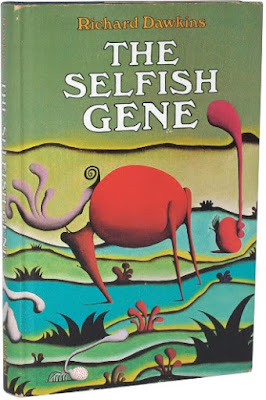Jonathan Wells has written a new book (2017) called Zombie Science: More Icons of Evolution. He revisits his famous Icons of Evolution from 2000 and tries to show that nothing has changed in 17 years.
I wrote a book in 2000 about ten images images, ten "icons of evolution," that did not fit the evidence and were empirically dead. They should have been buried, but they are still with us, haunting our science classrooms and stalking our children. They are part of what I call zombie science.I won't bore you with the details. The icons fall into two categories: (1) those that were meaningless and/or trivial in 2000 and remain so today, and (2) those that Wells misunderstood in 2000 and are still misunderstood by creationists today.


















